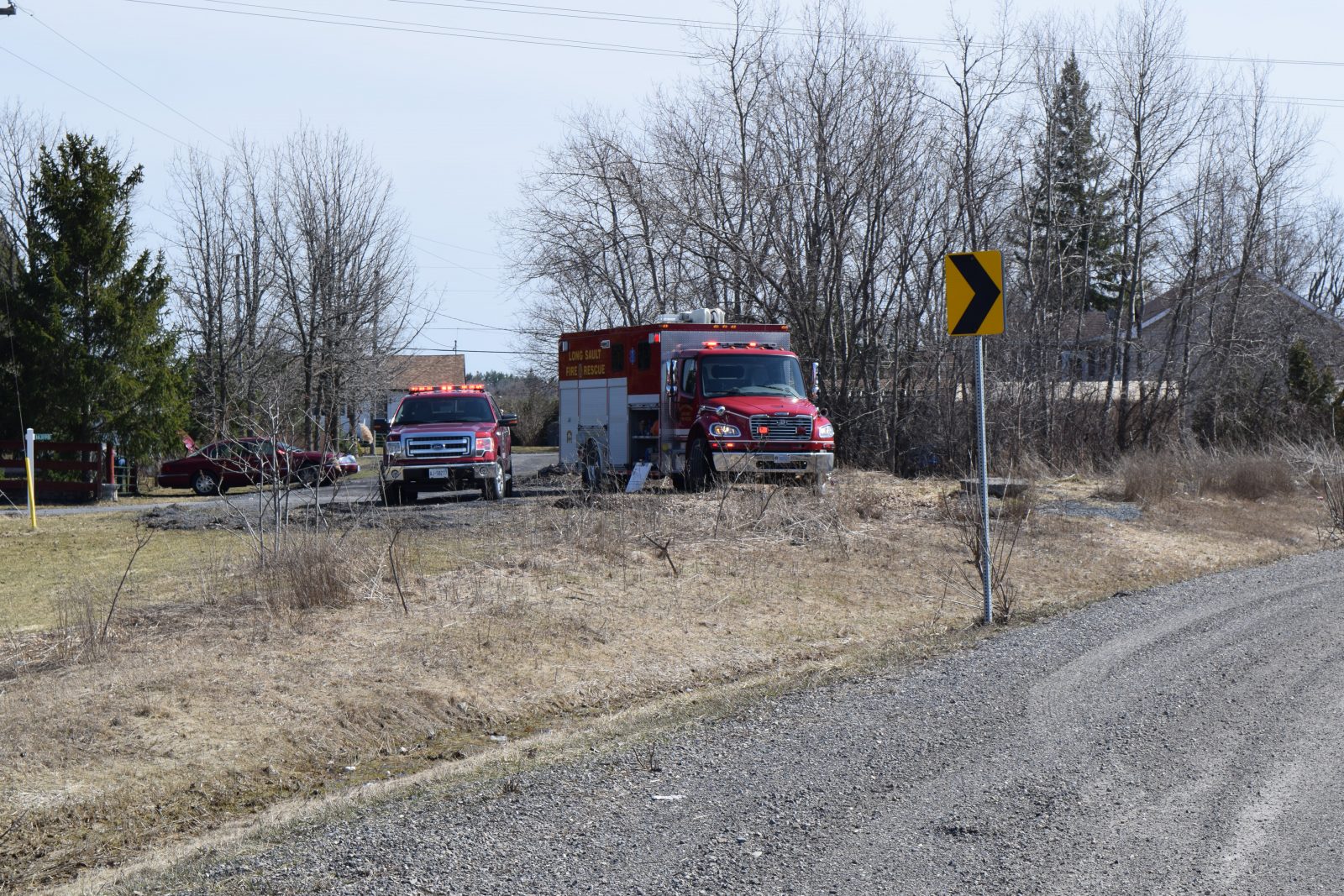At 6:17 p.m. on Thursday, July 26, Cornwall City Councillor Mark MacDonald tweeted: “The FF’s will only support candidates that support them (selfish not altruistic) guaranteed. #factnotopinion #cwlpoli”
By “FF’s” MacDonald was referring to firefighters. Twenty minutes after that tweet, nearly 30 firefighters would be on their way to a blaze that Platoon Chief Luc Richer would call “the worst I’ve seen in 30 years.”
For awhile now, Councillor MacDonald has made clear his desire to see the size of our fire department reduced. On July 17 he tweeted: “Implementing the FMP “page 10 – 3.4” will save us the need to hire more FF’s, and they’re may even be layoffs. #factnotopinion #cwlpoli” By FMP Councillor MacDonald is referring to the Fire Master Plan. Page 10 section 3.4 of the Fire Master Plan does not say anything about minimum numbers of firefighters nor does it give guidelines to reduce the number of firefighters a municipality already has.
The National Fire Protection Association (NFPA) does have guidelines when it comes to the number of firefighters needed to adequately handle a fire at different kinds of structures. For a fire at a residential building, much like the ones that were destroyed in Thursday’s fire, the NFPA recommends having 27 firefighters on scene at a minimum. How many firefighters from Cornwall’s Fire Service responded to Thursday night’s blaze? Twenty-seven, with an additional 10 initial fire personnel, two fire prevention officers, a mechanic, and a Fire Chief.
Other news outlets reported that in private, MacDonald has argued reducing the size of a shift from 14 firefighters to four.
What Thursday night’s fire showed me was that we have the right number of firefighters and the right people on the job. No one died in Thursday night’s fire. The Cornwall Fire Service was on the scene in four minutes.
I arrived at the fire about 10-to-15 minutes after it started and five minutes after that the first building collapsed. What started as a fire in one building quickly spread to and destroyed two others. The flames were so hot that siding melted off of buildings on the other side of the street. The fire was that strong and moving that fast.
We already know that the part of town the fire took place in, the East End, is full of homes made mostly of wood and were built before many of our modern fire codes were implemented. Many buildings in the East End are also very close together. I’d hate to think what might have happened if there weren’t enough firefighters on scene to contain the inferno and it spread to other buildings.
The next time there is a controversy around overtime pay for firefighters, or a discussion about getting the same amount of fire protection with less resources, remember this past Thursday night, and remember what Cornwall Fire Services did to stop that fire.
Do you agree? Send your comments or letters to the editor to nicholas.seebruch@tc.tc



